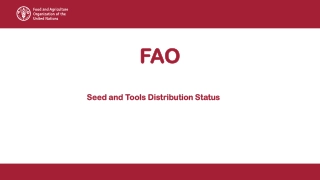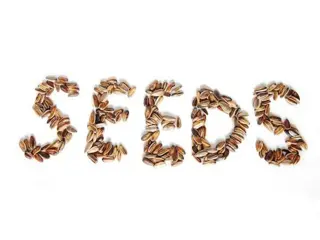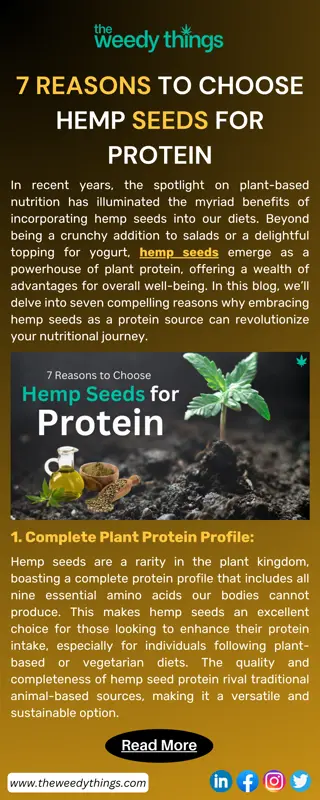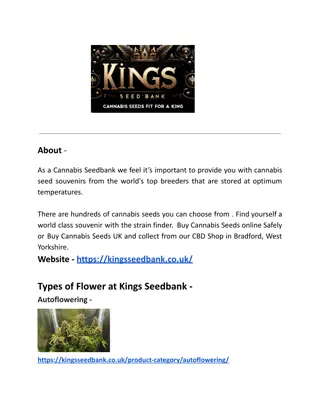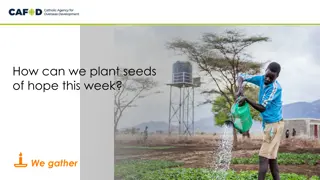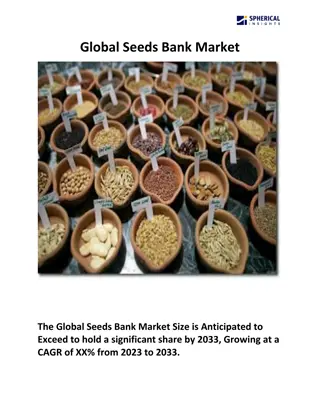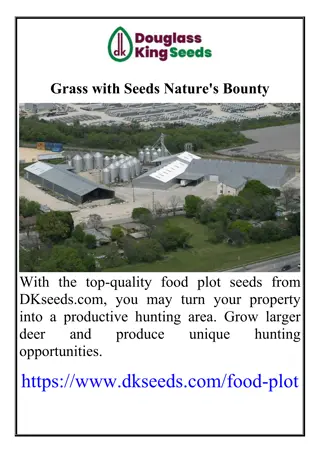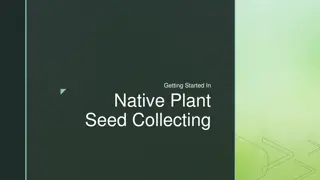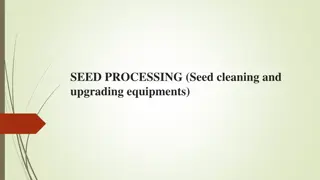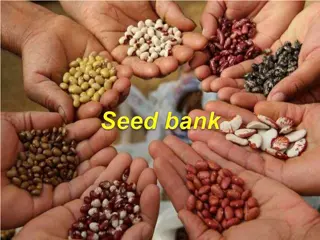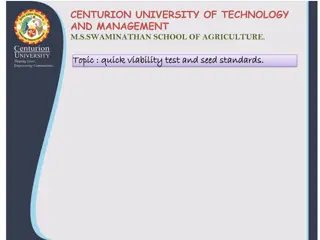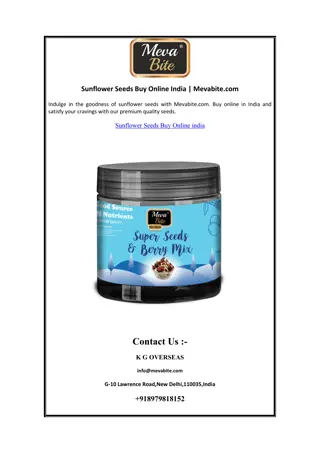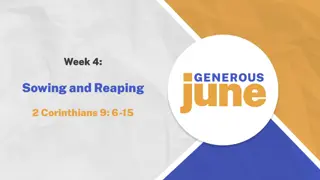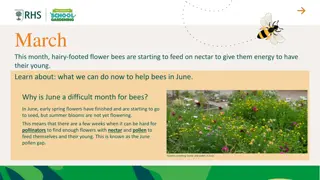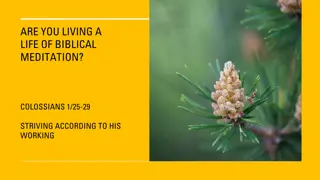
Ultimate Guide to Sowing Seeds in Containers
Learn the step-by-step process of sowing seeds in containers for successful plant growth. Discover the equipment needed, techniques for sowing large seeds, and tips for ensuring healthy seedlings. Follow these guidelines for a thriving container garden!
Download Presentation

Please find below an Image/Link to download the presentation.
The content on the website is provided AS IS for your information and personal use only. It may not be sold, licensed, or shared on other websites without obtaining consent from the author. If you encounter any issues during the download, it is possible that the publisher has removed the file from their server.
You are allowed to download the files provided on this website for personal or commercial use, subject to the condition that they are used lawfully. All files are the property of their respective owners.
The content on the website is provided AS IS for your information and personal use only. It may not be sold, licensed, or shared on other websites without obtaining consent from the author.
E N D
Presentation Transcript
Equipment Seeds Seed raising mix Potting mix Punnets- small seeds Pots-large seeds Sieves Access to water Float to firm seed mix-(block of wood) String lines Rakes
Step 1 Fill the punnet three-quarters full with sterile seed sowing mix. Level and lightly firm down the surface with a float. This makes sure that the seeds will all; be at the same depth come up at the same time grow to about the same size
Step 2 Soak the growing medium by standing the filled punnet in a tray of water. The water soaks up through the drainage holes. This ensures the medium is wetted through evenly.
Step 3 Sprinkle seeds evenly over the surface so when they germinate their roots do not tangle and the seedlings do not compete for light and water.
Step 4 Cover the seeds with seed raising mix to a depth of twice their diameter so the seeds will germinate evenly and have enough stored energy for the shoot to reach the surface.
Step 5 Use a float to gently firm the surface to get good contact between the seed and growing media so the seeds get enough water and air to germinate Place seeds in controlled environment.
Sowing large seeds When sowing large seeds into punnets they should be spread out evenly so when they germinate, they have enough room to grow until they are ready to be pricked out. Spreading large seeds out will reduce how much their roots get tangled and prevent competition for light so the seedling are strong and healthy.
Very large seeds like cucumber and courgettes all have large tap roots and do not like having their roots disturbed when being transplanted. Therefore, only one plant should be grown per container (pot). When the seedlings are transplanted the whole contents of the pot is placed in the whole so that roots are not disturbed
Sowing seeds directly into the garden 1. Rake over the cultivated soil to form a fine seedbed 2. Stretch out a string line to make a straight row for the crop. Then pull the corner of a hoe or rake along the line to make a V shaped drill. The drill should twice as deep as the size (diameter) of the seed.
3. Water the bottom of the drill and sprinkle or place seeds evenly along the drill. 4. Cover the seeds with fine soil using a rake or hoe and tap the soil lightly down with the rake. 5. Label each row with the name of the plant and the sowing date.
Pricking Out When seedlings have grown their first true leaves they will need to be pricked out. This is when they are lifted from the punnet, separated and replanted with more growing space between them. Pricking out is necessary because crowded seedlings compete with each other for light, water, nutrients, air and space to spread roots and leaves. Pricked out seedlings can be graded for size. All seedlings at the same age and development can be grown together.
Thinning Out Most seeds that have been sown outside in a drill produce more seedlings than needed. The unwanted seedlings should be removed as soon as possible. Pull them out carefully by hand, leaving just the strongest ones at the correct spacing. Water the seedlings after thinning them out. If you allow the seedlings to stay overcrowded they will become long and week and more susceptible to diseases.
Transplanting Seedling Step 1 Water the plants the day before transplanting. This helps them to be full of moisture when you plant them. It also helps to hold the medium around the roots when you take them out of the container.
Step 2 Make the planting hole deep enough to take the roots without bending them. Do this with a trowel Step 3 Disturb the roots as little as possible. It the roots of several plants have joined in the container cut them with a knife. Step 4 Lift each plant out with a block of the growing medium around its roots
Step 5 Set the plant in the soil slightly lower than it has been, but do not bury the leaves Step 6 Put moist soil, rather than dry surface soil, into the hole and press the soil firmly around the roots
Exercises 1. What type of seeds are sown in containers and why? 2. Name three different vegetable plants that you would sow their seeds into containers. 3. List the steps involved in sowing seeds in containers and explain why each step is carried out. 4. Lists the advantages of growing seeds in containers. 5. Describe the advantages of sowing seeds in cells compared to punnets. 6. Pumpkin seeds are large. Explain how you would sow them and discuss why you chose this method.
Exercises 1. What type of seeds should be sown directly into the garden and why? 2. Explain how you would sow large seeds like beans or peas directly into garden. 3. Define pricking out and explain why seedlings are pricked out. 4. At what stage of growth are seedlings pricked out and why? 5. Which is the correct method to hold a seedling you are pricking out. Explain why this is the correct method. 6. Name the tool used for pricking out. 7. What type of media should the seedlings be transplanted into and why? 8. Describe what thinning out is and explain why it is carryout. 9. When is the best time of the day to thin out seedlings and why? 10. Explain how you would transplant lettuce seedlings

